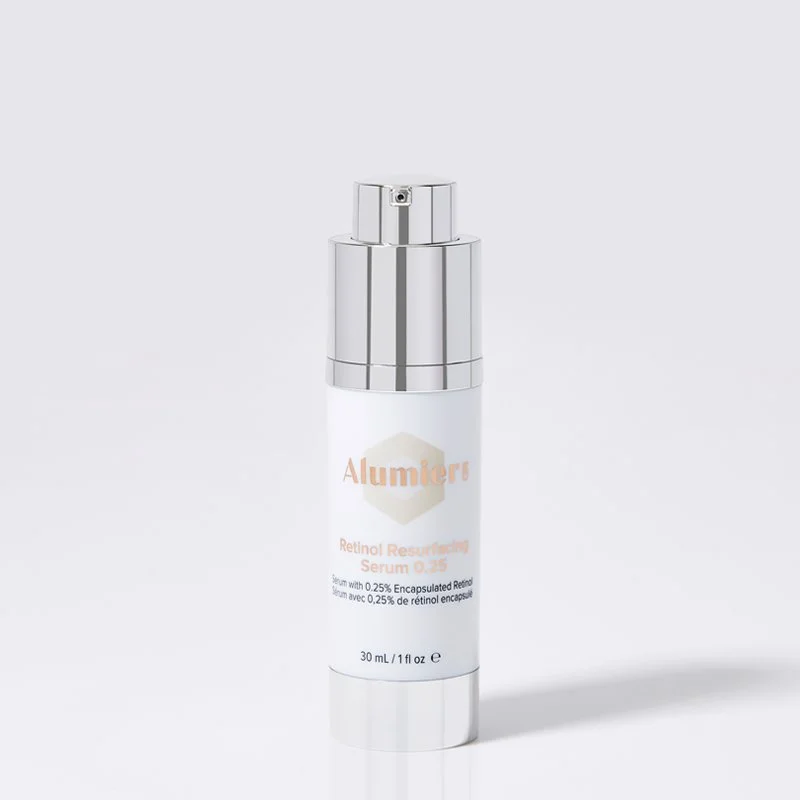A Beginner's Guide to Introducing Retinol into Your Skincare Routine
In the world of skincare, few ingredients have garnered as much attention and acclaim as retinol. Known for its powerful anti-aging properties and ability to improve skin texture and tone, retinol has become a staple in many skincare routines. However, for those new to this potent ingredient, introducing retinol into your regimen can be intimidating. Here’s a comprehensive guide to help you incorporate retinol into your skincare routine effectively and safely.
Understand the Basics
Before diving in, it's essential to understand what retinol is and how it works. Retinol is a derivative of vitamin A, a powerful antioxidant that promotes skin cell turnover and collagen production. It works by speeding up the exfoliation process, revealing fresher, smoother skin underneath and stimulating collagen production to reduce the appearance of fine lines and wrinkles.
Start Slowly
One of the most crucial pieces of advice when introducing retinol into your routine is to start slowly. Retinol can be potent, and using too much or applying it too frequently can lead to irritation and dryness. Begin by using a low concentration of retinol (around 0.25% to 0.5%) a few times a week, gradually increasing the frequency as your skin adjusts.
Choose the Right Product
Not all retinol products are created equal, so it's essential to choose one that suits your skin type and concerns. Look for products that contain stable forms of retinol, such as retinyl palmitate or retinyl acetate, and are formulated with soothing ingredients like hyaluronic acid or niacinamide to help minimize irritation.
Apply Properly
When applying retinol, less is more. A pea-sized amount is typically enough to cover the entire face. Start by cleansing your skin thoroughly and patting it dry. Then, apply a small amount of retinol to your fingertips and gently massage it into your skin, focusing on areas of concern. Be sure to avoid the delicate eye area, as retinol can be too harsh for this sensitive area.
Protect Your Skin
Because retinol can make your skin more sensitive to the sun, it's crucial to wear sunscreen daily. Opt for a broad-spectrum sunscreen with an SPF of 30 or higher and reapply every two hours, especially if you'll be spending time outdoors. This will help protect your skin from sun damage and prevent any potential irritation or sunburn.
Be Patient
Results from retinol won't happen overnight, so it's essential to be patient and consistent with your routine. It may take several weeks or even months to see noticeable improvements in your skin's texture and appearance. Stick with it, and you'll likely be rewarded with smoother, more youthful-looking skin over time.
Listen to Your Skin
Finally, listen to your skin. If you experience excessive dryness, redness, or irritation, dial back on the frequency of retinol use or switch to a lower concentration. Everyone's skin is different, so it may take some trial and error to find the right retinol routine for you.
In conclusion, introducing retinol into your skincare routine can be a game-changer for achieving smoother, more youthful-looking skin. By starting slowly, choosing the right product, applying it properly, protecting your skin, being patient, and listening to your skin's needs, you can incorporate retinol effectively and safely into your regimen. With consistent use and proper care, you'll be well on your way to enjoying the many benefits of this powerhouse ingredient.

